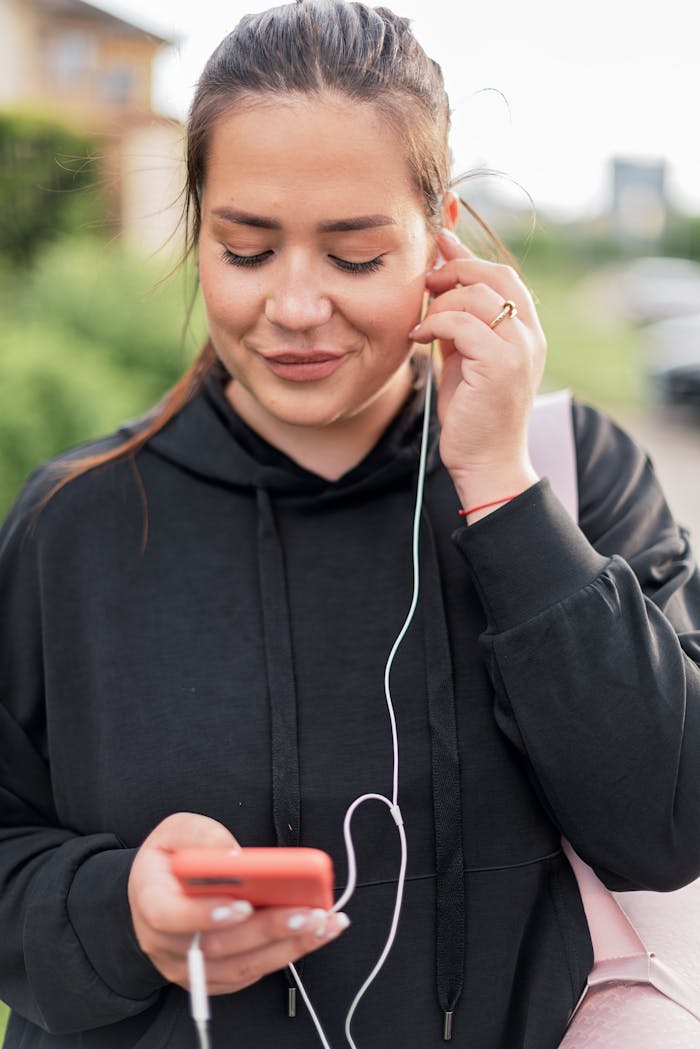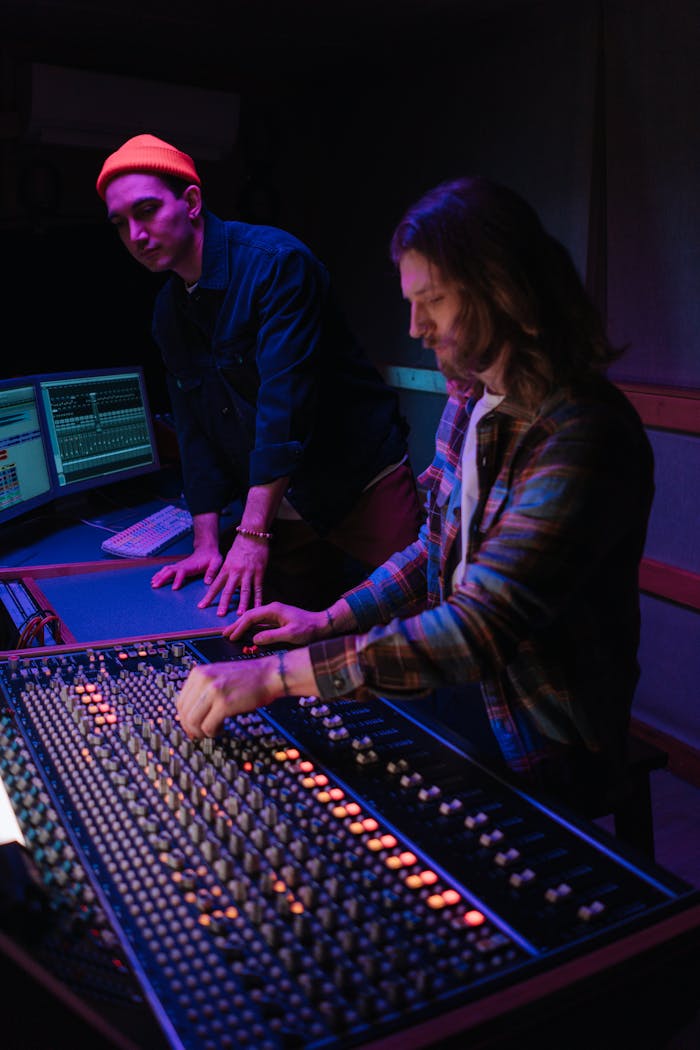Introduction
The music industry has transformed dramatically in the digital age. While independent artists now have more opportunities than ever to distribute their music, they still struggle to earn a fair income. The traditional model of album sales and downloads has largely been replaced by streaming services that pay artists fractions of a cent per play.
For independent musicians, who lack the financial backing of major record labels, this system often means they invest thousands of hours and dollars into their craft but see little to no return. So, why aren’t independent artists getting paid fairly, and what can be done to change this broken system?
The Harsh Reality of Streaming Payouts
While streaming platforms have made music more accessible, they have also drastically reduced artist earnings. Let’s take a look at how much streaming services pay per stream:
| Streaming Platform | Average Pay Per Stream |
|---|---|
| Spotify | $0.003 – $0.005 |
| Apple Music | $0.007 – $0.01 |
| YouTube Music | $0.00069 |
| Amazon Music | $0.004 |
| Tidal | $0.012 |
At first glance, these numbers might not seem alarming, but consider this:
👉 An independent artist needs approximately 250,000 streams just to make $1,000 on Spotify.
👉 If a song gets 1 million streams, the artist might only earn between $3,000 – $5,000—before distribution fees and taxes.
👉 Smaller independent musicians who get 10,000 – 50,000 streams are only making a few dollars per release.
By comparison, when music was sold through platforms like iTunes, an artist could earn around $0.70 per song purchase, meaning they only needed 1,400 purchases to make $1,000—far more sustainable than the current streaming model.
Why Independent Artists Are Struggling
1. Unfair Revenue Splits
Many streaming platforms take a massive cut before artists see any revenue. Here’s where a stream’s earnings typically go:
- Streaming Platform (Spotify, Apple Music, etc.) – Takes around 30% of revenue.
- Record Labels & Publishers (if applicable) – Take up to 50%.
- Distributors (DistroKid, TuneCore, etc.) – Charge additional fees.
- Final payout to the artist – Often the smallest portion.
For independent artists who own their music, some of these deductions don’t apply, but without label promotion, they also struggle to get the exposure they need.
2. The Monopoly of Major Labels
Despite the rise of independent distribution services, major record labels still dominate the industry. Large corporations like Universal Music Group, Sony Music, and Warner Music control a significant percentage of:
- Mainstream artists
- Top playlists on streaming services
- Industry negotiations for better payout rates
This means independent artists must fight harder for visibility while earning far less than their major-label counterparts.
3. The Lack of Direct Fan Support
In the past, fans could directly purchase CDs, vinyl, or digital downloads to support their favorite artists. Today, streaming has removed that direct connection—fans listen to music without making a financial contribution to the artist unless they buy merchandise or attend concerts.
Many artists turn to Patreon, Bandcamp, or special memberships to generate additional income, but these platforms do not have the same reach as major streaming services.
The Need for Change: A Fairer Model for Artists
The current system is not sustainable for independent musicians. Streaming is convenient for listeners, but it has devalued music and significantly reduced earnings for artists.
A Better Future: How iWire Music Supports Independent Artists
Platforms like iWire Music are leading the charge in changing the way artists get paid by offering:
✅ Pay-Per-Song Model – Artists earn more per purchase instead of relying on low streaming payouts.
✅ Direct Artist Support – Fans can buy music, merch, and exclusive content directly from the artist.
✅ Higher Revenue Distribution – A larger percentage of sales goes directly to musicians.
✅ Exclusive Releases & Fan Engagement – Artists can sell behind-the-scenes content, podcasts, and music videos as part of premium bundles.
Why Pay-Per-Song Works
Instead of depending on millions of streams, artists can sell their music directly to fans at fair prices.
For example:
- If an artist sells just 1,000 songs at $1.00 each, they make $1,000 instantly—the same amount they’d earn from 250,000 Spotify streams.
- If an artist sells a full album for $10, they only need 100 fans to make $1,000—far more achievable than getting millions of plays on a streaming platform.
This model empowers musicians to own their work, set their prices, and be fairly compensated for their creativity.
The Future of Fair Pay for Independent Artists
The music industry must evolve to ensure that independent artists are paid fairly. While streaming is here to stay, artists need more options to monetize their work without being forced into an exploitative system.
Music is valuable. Creativity is valuable. Artists deserve to be paid fairly. The future of music depends on empowering independent musicians, giving them control, and ensuring they receive what they deserve.
The time for change is now. Let’s build an industry where independent artists thrive, own their music, and get paid fairly for their work.
What Can You Do? Support Artists the Right Way!
💿 Buy music directly from independent artists.
🛍 Purchase merchandise to support their careers.
🎟 Attend live shows or buy virtual concert tickets.
📢 Share their music and introduce new listeners.
Every action makes a difference. Be part of the change and help independent musicians get the pay they deserve!



